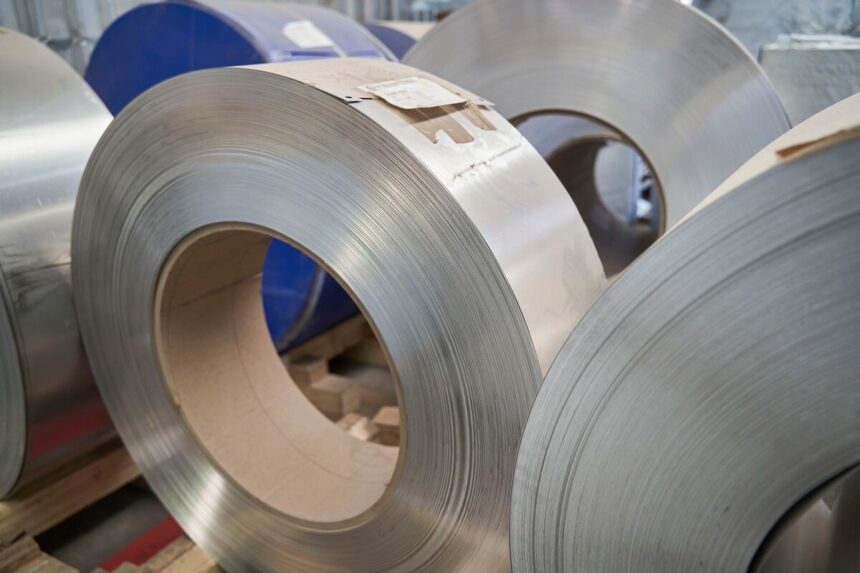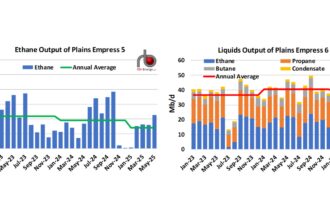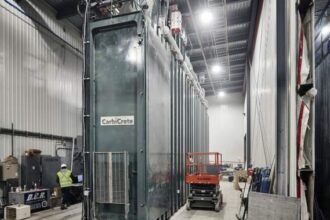The aluminum market has been thrown into turmoil as Rio Tinto Group, one of the world’s largest producers, revealed a staggering $300 million hit from US tariffs on Canadian aluminum exports. The mining giant disclosed the financial impact during their quarterly earnings call, sending ripples through commodity markets and raising concerns about long-term trade relationships between the two North American neighbors.
“These tariffs represent a significant and unexpected cost burden on our Canadian operations,” said Rio Tinto CEO Jakob Stausholm during the investor briefing. “While we remain committed to our North American customers, we’re actively exploring mitigation strategies to offset these added expenses.”
The tariffs, initially imposed at 10% in 2018 and temporarily lifted before being reinstated, have complicated the deeply integrated North American aluminum supply chain. Canada supplies approximately 50% of the primary aluminum used by US manufacturers, with Rio Tinto’s Quebec operations playing a crucial role in that supply network.
Industry analysts note that the tariff impact extends far beyond Rio Tinto’s balance sheet. Mark Thompson, metals strategist at CoreCommodity Research, explains: “When you add $300 million in costs to a major supplier like Rio Tinto, you’re essentially creating a tax that ultimately reaches American consumers through higher prices on everything from cars to beverage cans.”
The tariff situation has created a complex competitive landscape. While US-based producers like Century Aluminum have championed the protectionist measures, downstream manufacturers that rely on aluminum as an input material have voiced strong opposition, citing increased production costs that threaten American manufacturing jobs.
Data from the Aluminum Association indicates that for every job in primary aluminum production that might benefit from tariffs, there are approximately 42 jobs in aluminum-dependent manufacturing potentially harmed by higher input costs. This economic reality has intensified lobbying efforts from both sides of the debate.
Canadian trade officials have responded with diplomatic pressure, highlighting that the two nations’ aluminum industries are highly integrated and interdependent. “These tariffs damage both economies,” stated Canadian Trade Minister Mary Ng in a recent press conference. “Our aluminum sector supports thousands of jobs on both sides of the border.”
Rio Tinto has implemented various strategies to manage the financial impact, including adjusting production schedules at its Canadian smelters and renegotiating contracts with major customers. However, company executives acknowledged that complete mitigation is impossible without policy changes.
The situation highlights broader questions about the effectiveness of tariffs as economic policy tools. Economic research from the Peterson Institute suggests that metal tariffs have cost US manufacturing approximately 75,000 jobs when accounting for both protected sectors and those harmed by higher input costs.
As manufacturers and suppliers continue navigating this challenging landscape, the future of North American aluminum trade remains uncertain. Will policy adjustments provide relief, or is this the new normal for an industry caught in the crossfire of trade tensions?
For more industry analysis and updates, visit our CO24 Business section or follow ongoing trade developments in CO24 Breaking News.

























